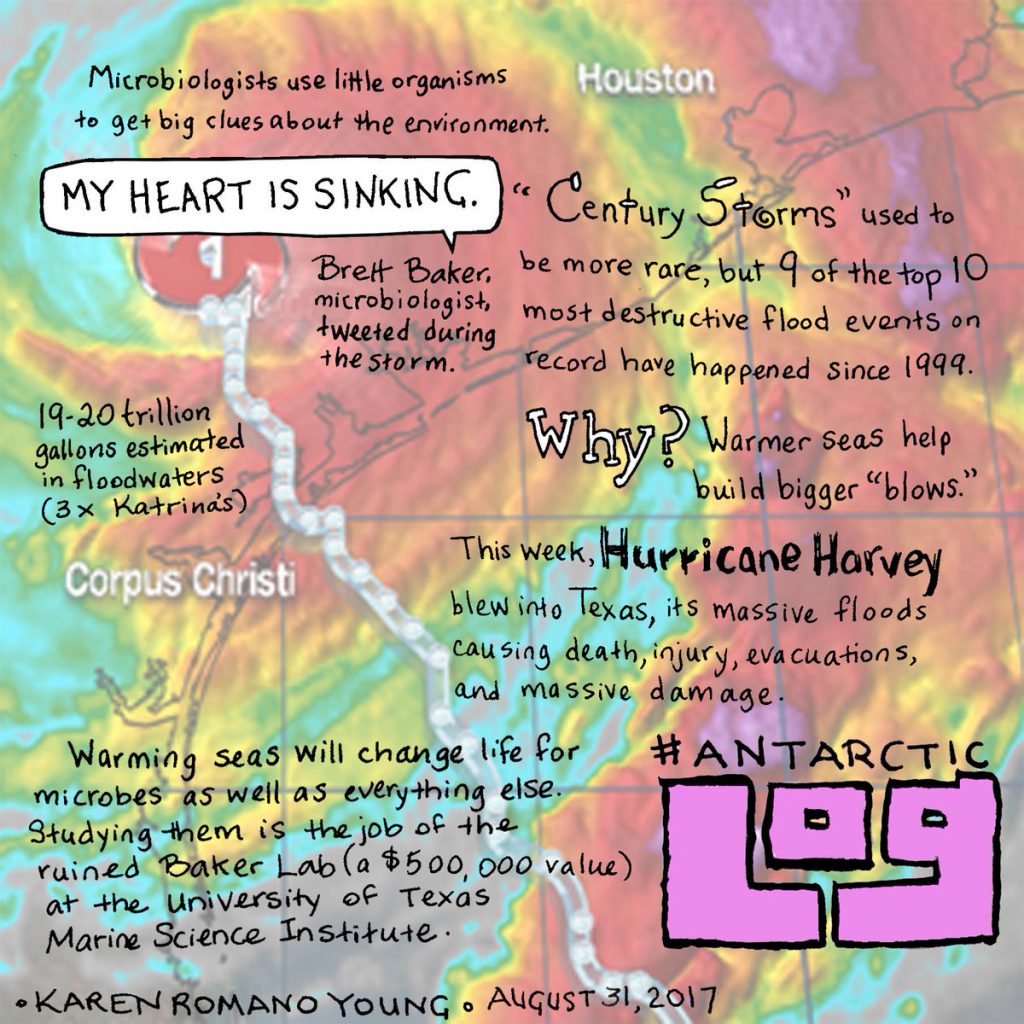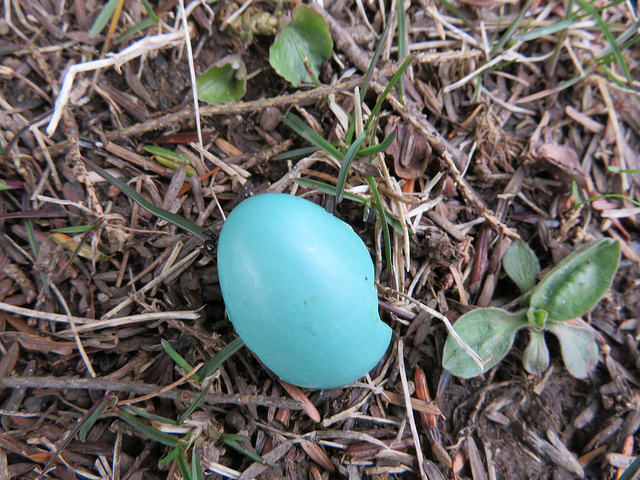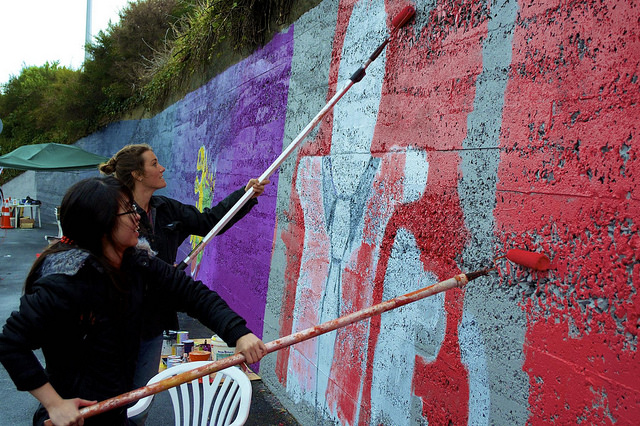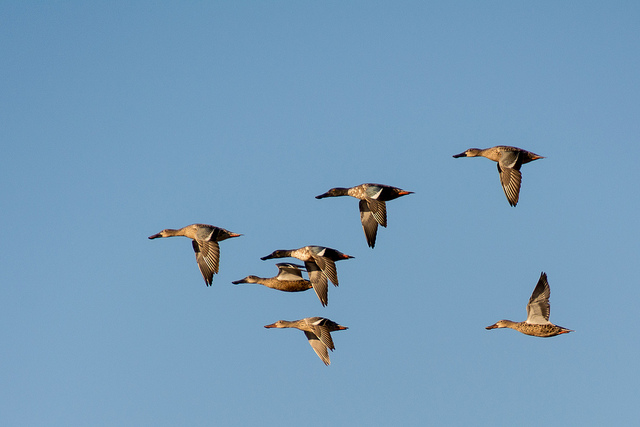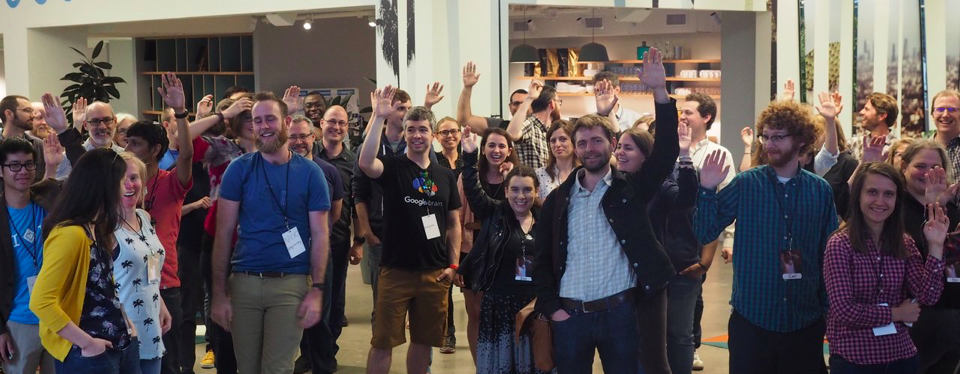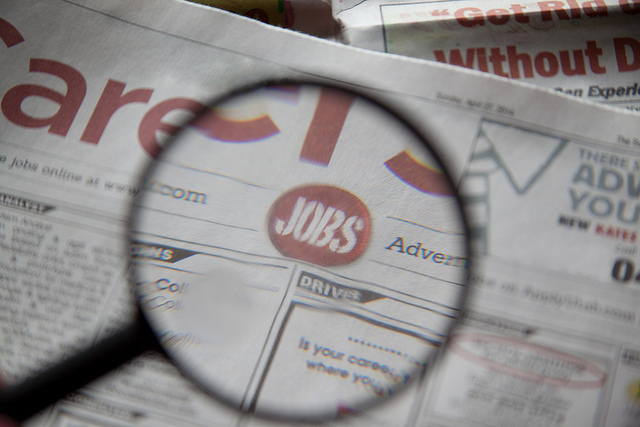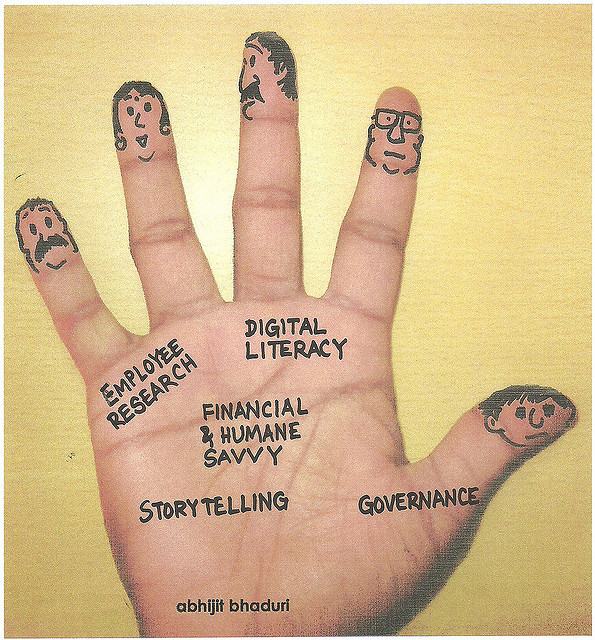We’re now mid-way through the first year of the AAAS Community Engagement Fellows Program (CEFP), funded by the Alfred P. Sloan Foundation. The first cohort of Fellows is made up of 17 scientific community managers working with a diverse range of scientific communities. As they continue to develop their community engagement skills and apply some of the ideas and strategies from their training, the Fellows will report back on the Trellis blog, sharing their challenges, discoveries, and insights. Today, Fellow Malin Sandström describes how a new project made a difference in her community.
Posted by Malin Sandström, Community Engagement Officer at INCF (International Neuroinformatics Coordinating Facility)
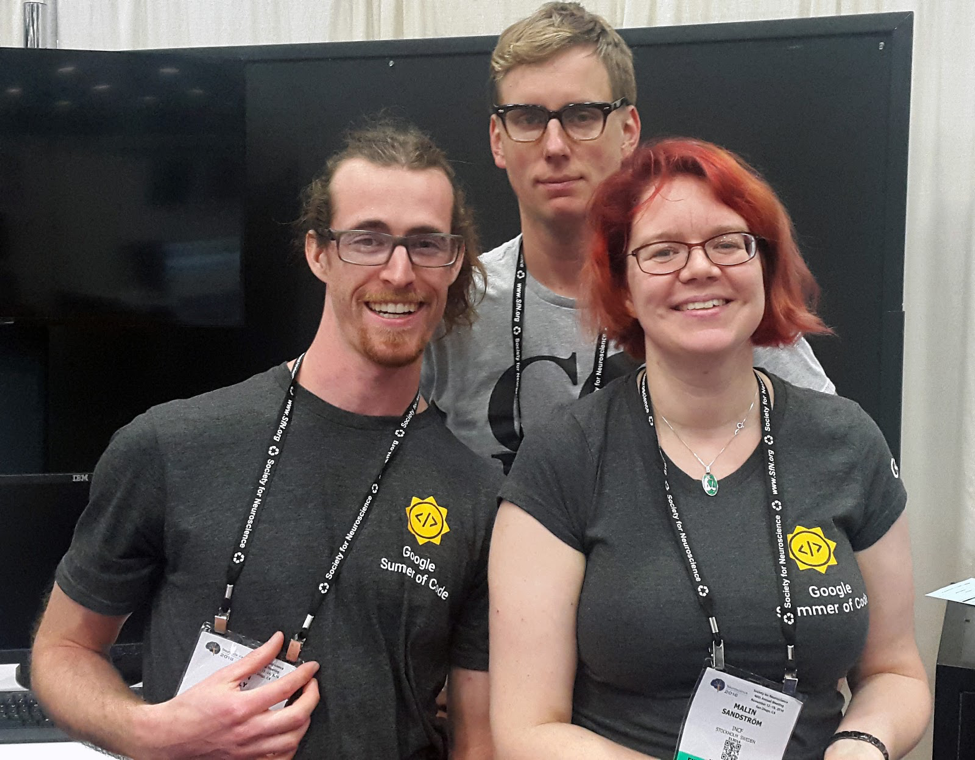
This summer, just above 1300 students have spent their time writing open source code for projects from over 200 mentoring organizations, within a program called “Google Summer of Code” that is run and sponsored by Google. I work for one of those 200 organizations. I have been involved in recruiting mentors and projects for us since 2013, and in charge of managing our participation since 2015. This is a fantastic program that has been of much value to us as an organization, and very enjoyable to work with for me personally.
Continue reading “Empowering a community with the Google Summer of Code”
